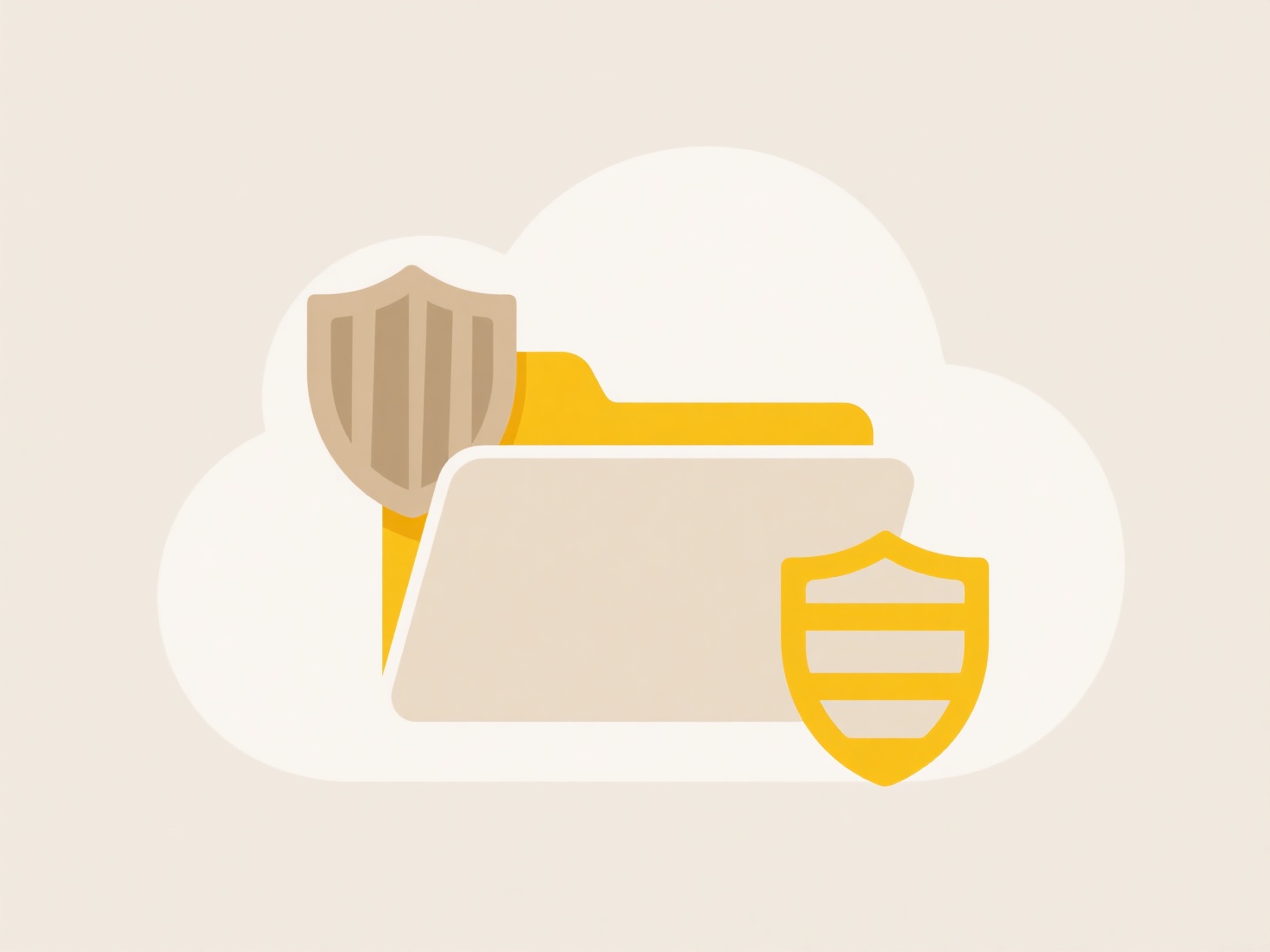
Sharing encrypted files without cloud storage involves protecting sensitive information during transfer to recipients, even when they don't utilize online platforms like Dropbox or Google Drive. Encryption scrambles the file using a key, making it unreadable without the correct decryption method. This differs from cloud transfers as it requires sending the encrypted file itself through alternative channels like email attachments, direct downloads from private servers, or physical media (USB drives), bypassing online storage services entirely.

For instance, a healthcare provider might encrypt patient records using software like 7-Zip (creating an AES-256 encrypted ZIP file) and email it to a specialist, who then uses the shared password to decrypt locally. Similarly, a lawyer could save confidential contracts on a password-protected USB drive encrypted with VeraCrypt and physically deliver it to a client, who enters the passphrase on their own computer to access the files.
This approach offers significant control over data security and location, appealing to industries handling sensitive data (legal, healthcare, finance). However, securely sharing the decryption key/passphrase remains critical and challenging, often needing a separate channel like a phone call. Additionally, recipients must have compatible decryption software (like 7-Zip or VeraCrypt) installed. While empowering data ownership, it places more responsibility on users for secure key management. Future developments focus on making non-cloud encrypted sharing tools more intuitive and interoperable to encourage wider, secure adoption.
How do I share encrypted files with recipients who don't use cloud storage?
Sharing encrypted files without cloud storage involves protecting sensitive information during transfer to recipients, even when they don't utilize online platforms like Dropbox or Google Drive. Encryption scrambles the file using a key, making it unreadable without the correct decryption method. This differs from cloud transfers as it requires sending the encrypted file itself through alternative channels like email attachments, direct downloads from private servers, or physical media (USB drives), bypassing online storage services entirely.

For instance, a healthcare provider might encrypt patient records using software like 7-Zip (creating an AES-256 encrypted ZIP file) and email it to a specialist, who then uses the shared password to decrypt locally. Similarly, a lawyer could save confidential contracts on a password-protected USB drive encrypted with VeraCrypt and physically deliver it to a client, who enters the passphrase on their own computer to access the files.
This approach offers significant control over data security and location, appealing to industries handling sensitive data (legal, healthcare, finance). However, securely sharing the decryption key/passphrase remains critical and challenging, often needing a separate channel like a phone call. Additionally, recipients must have compatible decryption software (like 7-Zip or VeraCrypt) installed. While empowering data ownership, it places more responsibility on users for secure key management. Future developments focus on making non-cloud encrypted sharing tools more intuitive and interoperable to encourage wider, secure adoption.
Quick Article Links
Why do duplicate contacts or calendar entries affect files?
Duplicate contacts or calendar entries refer to unintentionally repeated records for the same person or event within sof...
How can I embed fonts before sharing the file?
Embedding fonts stores the necessary font files within a document itself. This ensures the text displays correctly, usin...
How do I locate large files clogging my system?
Large files are data resources consuming disproportionate storage space on your computer's hard drive or solid-state dri...